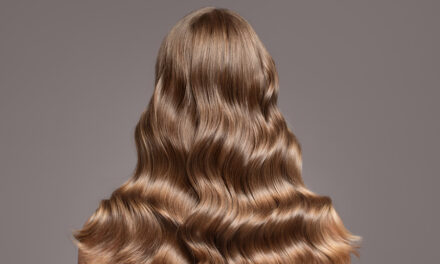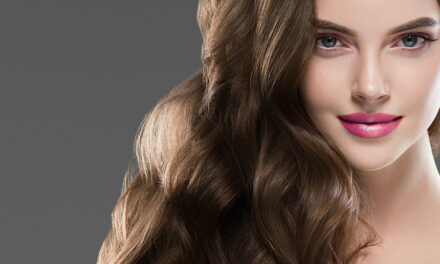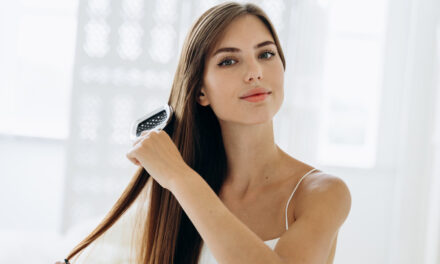
Wet hair, saturated with fragility, demands delicate handling to prevent breakage and frizz. This guide draws insights from hair care experts and authoritative sources to reveal the crucial missteps to avoid when caring for wet hair.
By exploring nuanced techniques and precautions, we’ll empower you to preserve the strength and vitality of your strands, guiding you through the intricacies of wet hair maintenance with confidence and finesse.
Why Caring for Wet Hair Matters
Caring for wet hair is crucial because it is particularly vulnerable in this state. When hair is wet, its hair cuticle changes, rendering it weaker and more prone to damage. This vulnerability makes wet hair susceptible to breakage from brushing, heat styling, and tight hairstyles.
Therefore, handling wet hair with care is essential to maintaining its health and appearance. By adopting gentle hair care practices when hair is wet, such as using wide-tooth combs and avoiding heat styling, individuals can help prevent breakage and preserve the integrity of their healthy hair.
7 Things You Should Never Do To Wet Hair
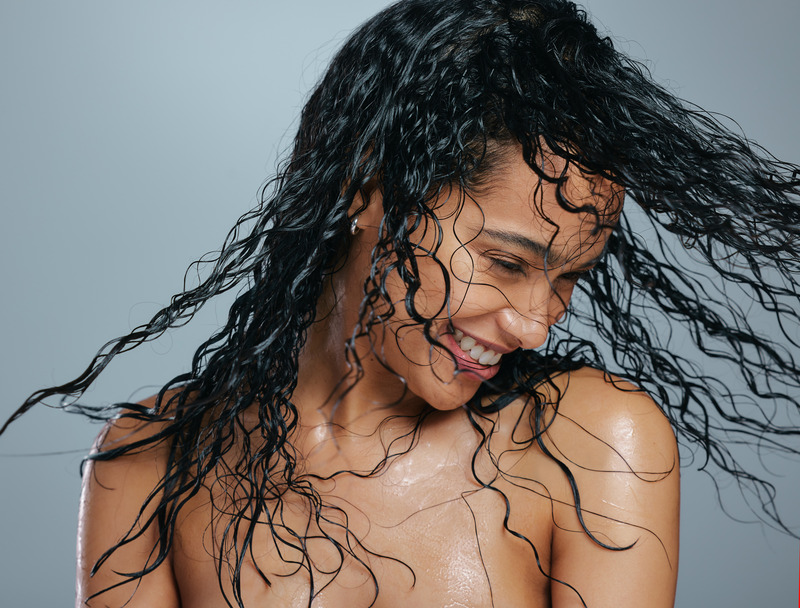
Brushing Wet Hair
Brushing wet hair with a regular brush is fraught with potential damage, given the vulnerable state of wet strands. The tension created during brushing can lead to breakage and root damage, compromising your hair’s overall health and integrity.
To mitigate these risks and preserve your locks’ vitality, opting for gentler alternatives like a wide-tooth comb or brushes explicitly designed to brush wet hair is crucial. These specialized tools offer effective detangling without subjecting your strands to unnecessary stress, ensuring that your hair remains strong, resilient, and free from damage caused by improper brushing techniques. By adopting these gentle approaches to detangling wet hair, you can safeguard its health and beauty for the long haul.
Aggressive Towel Drying
Aggressive towel drying of wet hair can lead to multiple negative consequences, including stubborn tangles, breakage, split ends, and increased frizz due to the rough handling and friction from the towel. It’s essential to adopt a gentler drying approach to avoid these issues and maintain the health and appearance of your hair.
Instead of vigorous rubbing, gently pat your hair with a soft microfiber towel or cotton T-shirt to absorb excess moisture without causing unnecessary stress. This gentler method helps preserve your locks’ natural shine and vitality, ensuring they remain smooth and manageable after every wash.
Additionally, consider allowing your hair to air dry or using a blow dryer on a low heat setting rather than using heat to blow dry wet hair, as excessive heat can also lead to damage and dry hair or let your hair air dry.
Heat Styling on Wet Hair
Using heat styling tools on wet hair can lead to substantial damage and breakage, underscoring the importance of caution in hair care routines. It’s prudent to prioritize air drying whenever possible or utilizing a blow dryer in a cool setting to mitigate heat exposure and protect the health of your strands.
By incorporating these preventative measures, you effectively reduce the risk of heat-induced damage and preserve the vibrancy and vitality of your hair for long-term health and beauty.
Applying Hair Masks Incorrectly
Proper application of hair masks is paramount to harnessing their full potential for hair health and restoration. Achieving optimal results hinges on applying masks to damp or towel-dried hair, facilitating superior product penetration into the hair shafts.
It’s imperative to avoid applying masks to soaking wet hair, as excessive moisture can dilute the product’s potency, impeding its ability to deliver the desired nourishment and benefits. Adhering to this vital guideline ensures that your hair reaps the maximum rewards from the mask, resulting in strengthened, rejuvenated strands with enhanced manageability and vitality.
Sleeping with Wet Hair
Choosing to sleep with wet hair carries inherent risks, including the formation of troublesome tangles and potential scalp issues, mainly due to friction against your pillow. To mitigate these concerns and prioritize the health of your hair, it’s wise to allow it to fully air dry or employ gentle drying techniques before settling in for the night.
By adhering to these precautionary measures, you significantly reduce the likelihood of damage and discomfort, fostering the overall well-being of your hair and facilitating a more restful night’s sleep. This mindful approach preserves the integrity of your hair strands and enhances your overall sleep quality, ensuring you wake up refreshed and rejuvenated each morning.
Additionally, it’s essential to ensure that your hair is completely dry and not damp hair before going to bed to avoid any potential issues.
Incorrect Use of Hair Products
Using hair products correctly is pivotal to maximizing their effectiveness and achieving desired results. It’s essential to wait until your hair is damp or dry before applying most styling products, ensuring proper absorption into the hair shaft. Applying products to wet hair can dilute them, diminishing their efficacy and compromising the intended outcome.
By adhering to this guideline, you ensure that your hair receives the full benefits of the products, resulting in enhanced styling and overall hair health.
Tight Hairstyles on Wet Hair
Creating tight hairstyles like ponytails or buns with wet hair can pose significant risks, primarily due to the increased elasticity of damp strands. The tension exerted by tight styles can lead to breakage and damage over time.
It’s advisable to avoid tight hairstyles when your hair is wet to protect its health and integrity, opting instead for looser alternatives that place minimal strain on the strands. By embracing this approach, you take proactive steps to prevent unnecessary damage and promote overall hair well-being.
This ensures that your hair maintains strength, resilience, and beauty, contributing to its long-term health and vitality.
Protective Measures and Alternatives
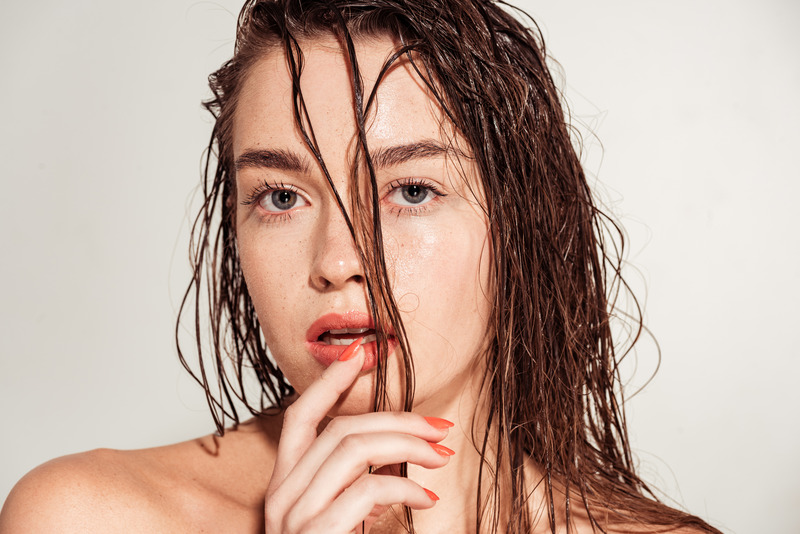
To protect your hair while wet:
- Use detangling tools like wide-tooth combs or brushes for wet hair to prevent breakage and minimize damage during grooming.
- Embrace gentle drying techniques such as patting with a towel or allowing hair to air dry whenever feasible to preserve moisture and prevent frizz.
- Exercise caution when applying treatments and styling products, ensuring they are used to damp or towel-dried hair to optimize their effectiveness without compromising hair health.
Bottom Line
Proper care for wet hair is paramount in maintaining its strength, health, and overall appearance. Individuals can ensure their hair remains beautiful and resilient by avoiding common mistakes and embracing gentler hair care practices.
It’s imperative to handle wet hair with care and attention, recognizing its vulnerability and taking proactive steps to preserve its integrity. By doing so, individuals can enjoy hair that looks healthy and feels solid and vibrant.
In essence, by treating wet hair with the diligence it deserves, one can achieve optimal results and nurture a lasting relationship with one’s hair’s well-being. Take the first step towards healthier hair with Vitamins Revive.
Our products are designed to nourish and strengthen your hair from root to tip, promoting vitality and shine. Try Vitamins Revive today and experience the difference for yourself!
FAQs
Why should I not touch my hair when it’s wet?
Touching your hair when wet can lead to breakage and damage because damp hair is more fragile and prone to stretching. Handling wet hair is best to avoid unnecessary stress on the strands.
How do you damage wet hair?
Wet hair is susceptible to damage from aggressive brushing, heat styling, and tight hairstyles due to its weakened state and increased elasticity. To prevent damage, opt for gentle drying methods and avoid using styling tools until your hair is dry.
Is it wrong to do your hair when it’s wet?
Yes, it’s generally not recommended to style or manipulate your hair when wet, as it’s more vulnerable to damage and breakage. Allow your hair to air dry or use gentle drying techniques before styling to minimize the risk of harm.



